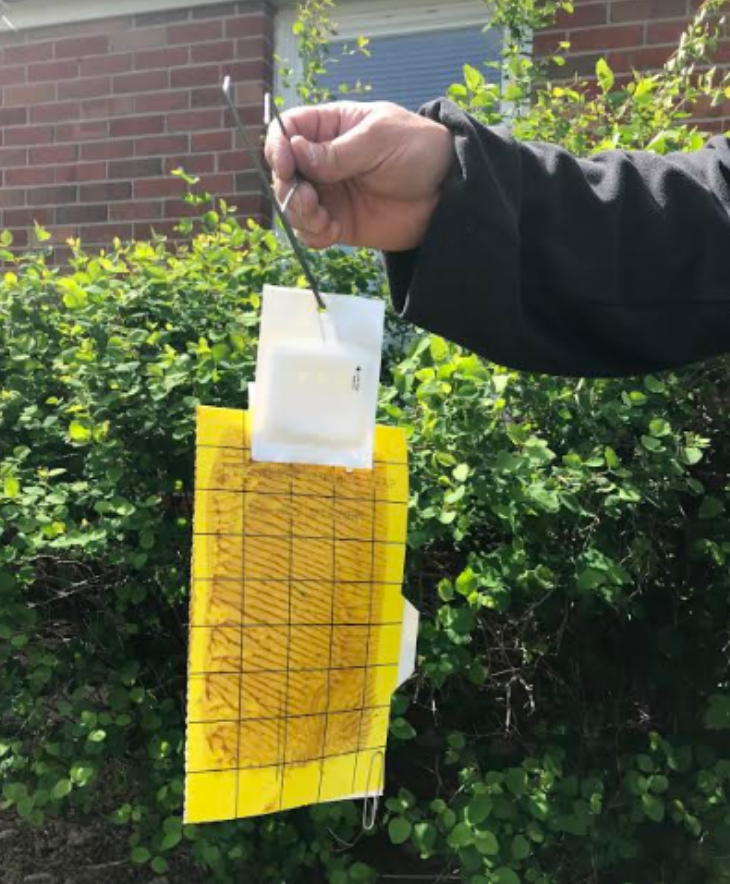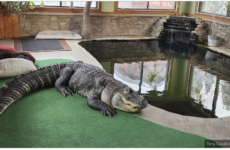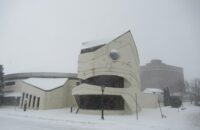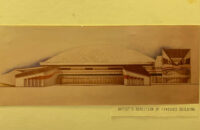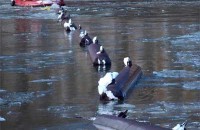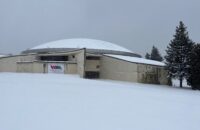Please click the link below to subscribe to a FREE PDF version of each print edition of the Niagara Reporter
http://eepurl.com/dnsYM9
Trap Placement to Start on Saturday May 19th
The U.S. Department of Agriculture’s Animal and Plant Health Inspection Service (APHIS) is surveying for the European cherry fruit fly in Niagara County.
APHIS is urging residents across Niagara County to please cooperate with surveyors in your area surveying for the pest. APHIS surveyors are requesting permissions from property owners to access properties to place and check traps for the presence of the fruit fly. Surveyors are wearing orange vests with the USDA logo and have government-issued identification.
Surveying means placing a trap on private properties that is designed to capture fruit flies. Early detection is key to managing a pest and surveys will determine the extent of the infestation in this area. Discovering outbreaks when they are small allows for control of the pest with minimal impact on affected homeowners and the environment. If left unchecked, this pest could reduce cherry production in the United States.
APHIS is using the yellow panel trap which is a rectangular cardboard trap coated on both sides with a mixture of a sticky material and a food bait (ammonium acetate). Traps are safe for people and pets, but please do not handle the trap. Traps will be checked at least every two weeks and they will be removed in the fall.
Residents with questions can call 1-800-249-2363 or email ppq.ecff@aphis.usda.gov.
European cherry fruit fly is found throughout Europe and in parts of West and Central Asia. In 2016, Canada confirmed this pest on wild honeysuckle at several sites in Ontario. In 2017, the APHIS found European cherry fruit fly on traps hung in wild honeysuckle plants and cherry trees along the Niagara River in New York – a total of 51 flies were found in 26 traps. This was the first detection of European cherry fruit fly in the United States.
European cherry fruit fly prefers sweet cherries and honeysuckle, but may also attack other plants. If this pest establishes itself in New York and spreads to other parts of the country, it could threaten commercial cherry production in the Northeast (Maryland, New York, and Pennsylvania), in several Central and Western States (Colorado, Michigan, New Mexico, and Utah), and along the Pacific Coast (California, Oregon, and Washington).
For more information on the European cherry fruit fly, please visit APHIS’ fact sheet about the insect by clicking here.


